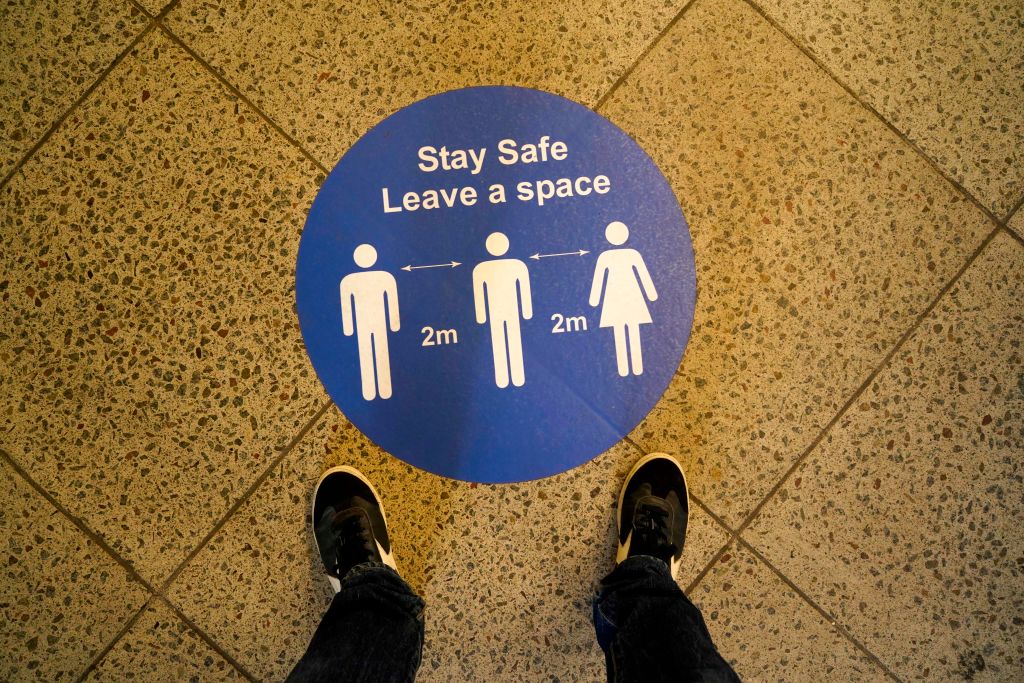Finally we are getting a clue to the most vital statistic of the Covid-19 epidemic: how many people in Britain have had to disease – and who therefore might be expected to have some kind of immunity to it? Today, the ONS published the results of antibody tests on a randomised sample of nearly 19,000 people. On those, 885 – 6.78 per cent – were found to have antibodies to Covid-19, suggesting that they have had the disease.
That so many people infected with SARS-CoV-2 have no symptoms explains why the disease has proved so difficult to control
That is a little higher than the five per cent reported in Spain, but a lot lower than the 21 per cent reported for New York City. The percentage of people with antibodies will presumably be a lot higher in London, where there was a concentration of cases in the early stages of the epidemic – although the ONS does not break down the figures geographically. It is scarcely a tenth of the people who, according to the chief medical officer, would be required for Britain to attain ‘herd immunity’ from the virus – that has been put at 60 per cent. On the other hand, some epidemiologists have suggested that herd immunity might effectively be attained at much lower levels than this, perhaps 10 – 20 per cent.
The ONS also estimates that between 11th and 24th May an average of 0.24 per cent of the population at any one time were infected with SARS-CoV-2, the virus which causes Covid-19. Remarkably, however, only 21 per cent of people who have tested positive for Covid-19 in the ONS study had any symptoms on the day they were tested. In other words, 79 per cent of people with the disease were entirely asymptomatic. This corresponds with a Chinese study which found that 80 per cent were asymptomatic. It is a little higher than an Italian study, which put the figure at between 50 and 75 per cent. It is a lot higher than the figure that Professor Neil Ferguson and his Imperial College team assumed in their paper of 16 March which influenced the government to introduce lockdown – their assumption was that 30 per cent would experience no symptoms. That would throw out Ferguson’s estimate of 500,000 deaths (in the event of the government doing nothing to tackle Covid-19 by a considerable margin).
The fact that so many people infected with SARS-CoV-2 have no symptoms to lead them to suspect they have the infection explains why the disease has proved so difficult to control. If everyone who had it was left in no doubt that they were infected it would be a lot easier to track and trace them. On the other hand it means the disease is less deadly than was initially feared. The ONS study allows a fresh estimate to be made of the mortality rate of Covid-19 in Britain. If 6.78 per cent of the population have been infected that translates to 4.4 million cases in Britain. With 37,800 deaths, that translates to an infection mortality rate of 0.86 per cent. That is close to the figure estimated by Imperial College from Chinese data back in February.







Comments